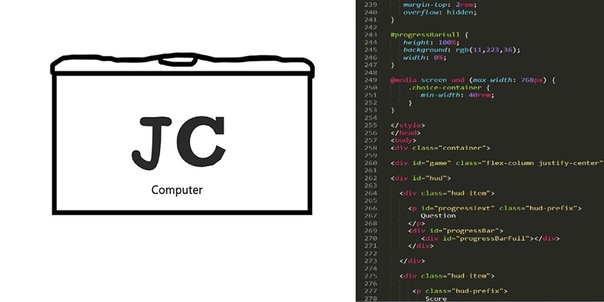



This is hardware and is a selected construction that cannot be altered. Design Factors for ArraysĪrray processing starts with the array antenna. Here we point out how direction estimation must be modified if adaptive beams are used, and how the radar detector, the tracking algorithm, and the track management should be adapted for ABF. Section 7 is the final and most important contribution. In Section 6, we briefly mention the canonical extension of ABF and superresolution to space-time array processing. We consider superresolution methods here solely for the purpose of improved parameter estimation. These methods are considered in Section 5. Superresolution for best resolution of multiple targets is sometimes also subsumed under adaptive beamforming as it resolves everything, interference and targets. This approach requires little knowledge about the array manifold but needs to estimate the interference scenario from some training data. Adaptive beamforming (ABF) is presented in Section 4. It has the advantage of requiring little knowledge about the interference scenario, but very precise knowledge about the array transfer function (“the array manifold”). In Section 3, we briefly review the approaches for deterministic pattern shaping which is the standard approach of antenna-based interference mitigation. So, the design of the array antenna has to fulfill multiple purposes in a compromise. A modern radar is typically a multitasking system. We start with spatial sampling, that is, the antenna array that has to be designed to fulfill all requirements of the radar system. We point out the problems that have to be encountered and the solutions that need to be developed. We do not present any new sophisticated algorithms, but for the established algorithms we give examples of the relations between array processing and preceding and subsequent radar processing. In this tutorial paper, viewpoints are presented which are relevant for the implementation of array processing methods. The book of Wirth is an exception and mentions a number of the array processing techniques described below. The standard handbooks on radar do not mention this problem. Advanced array processing for radar will therefore require to take these interrelationships into account and to adapt the related processing in order to achieve the maximum possible improvement.

Predictability of the system performance with the new algorithms is a key issue for the radar designer. The performance and the property of any algorithm will have an influence on the subsequent processing steps and on the radar operational modes. The reason may be that all processing elements of a radar system are linked, and it is not very useful to simply implement an isolated algorithm. On the other hand, if we look at existing radar systems we will find very few methods implemented from the many ideas discussed in the literature. Publications of this topic have appeared for decades, and one might question what kind of advances we may still expect now. IntroductionĪrray processing is well established for radar. The problems and achieved results are illustrated by examples from previous publications. In this tutorial paper, we point out several viewpoints which are relevant in this context: the restrictions and the potential provided by different array configurations, the predictability of the transmission function of the array, the constraints for adaptive beamforming, the inclusion of monopulse, detection and tracking into the adaptive beamforming concept, and the assessment of superresolution methods with respect to their application in a radar system.
#MAKE AN ARRAY COMSOL 5.1 FULL#
For a successful implementation of array processing methods exploiting the full potential, the desired radar task has to be considered and all processing necessary for this task has to be eventually adapted. The reason may be that the impact of these algorithms on the overall system must be well understood. Array processing for radar is well established in the literature, but only few of these algorithms have been implemented in real systems.


 0 kommentar(er)
0 kommentar(er)
